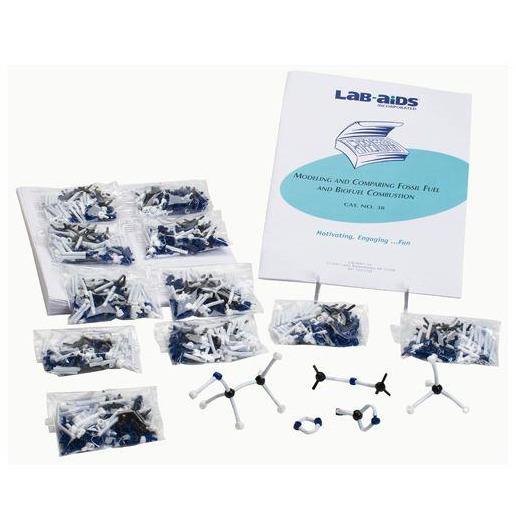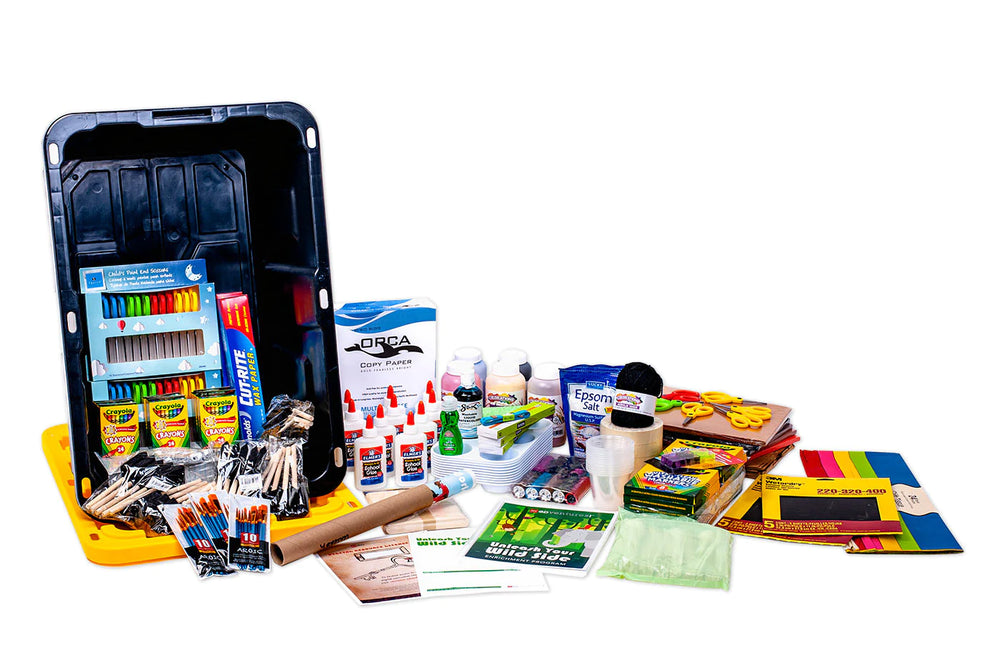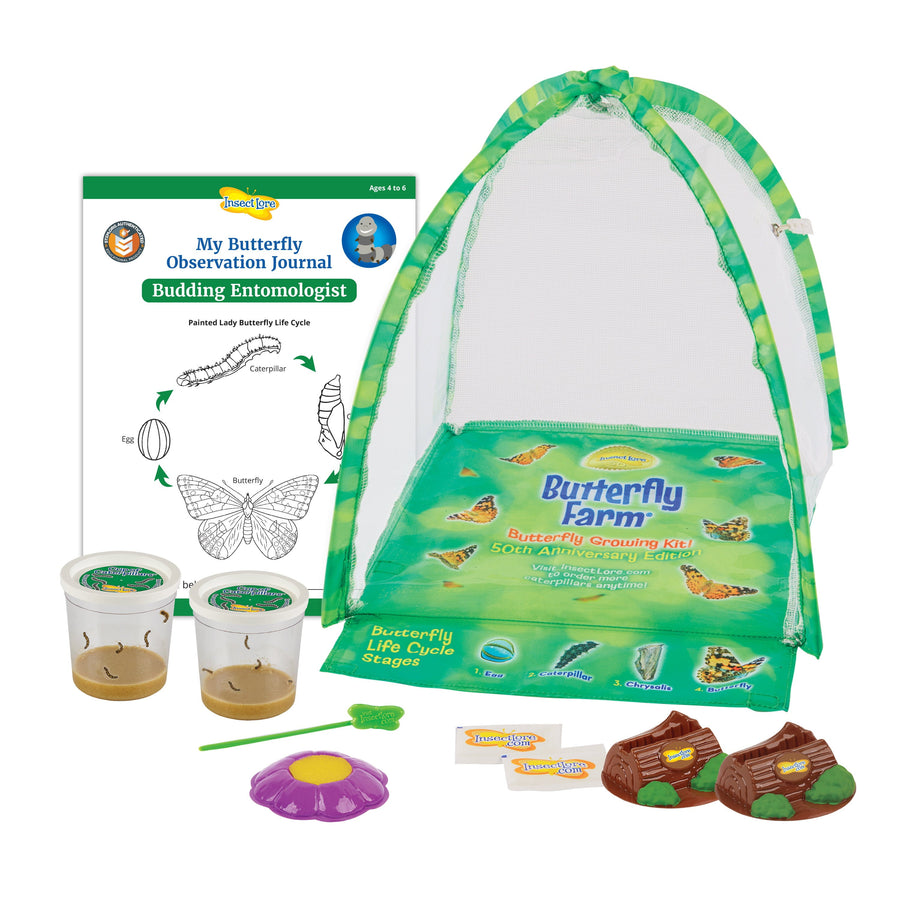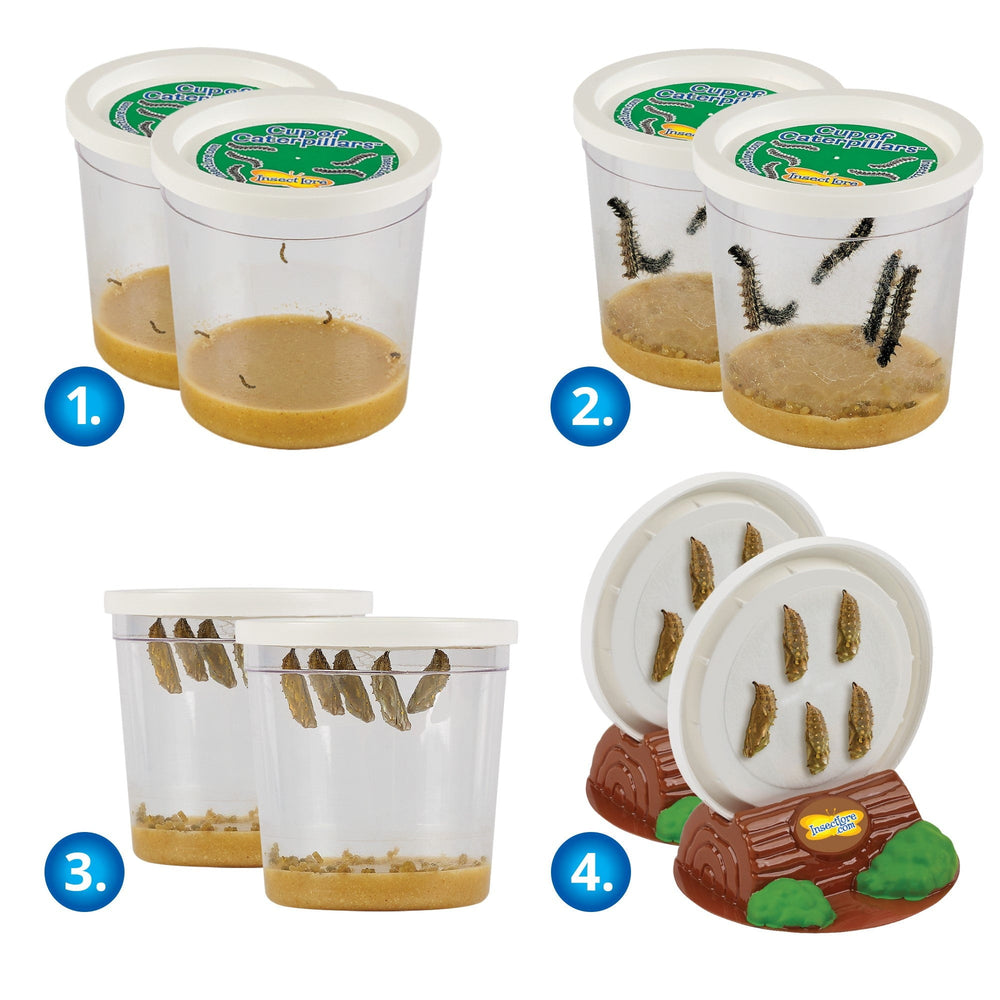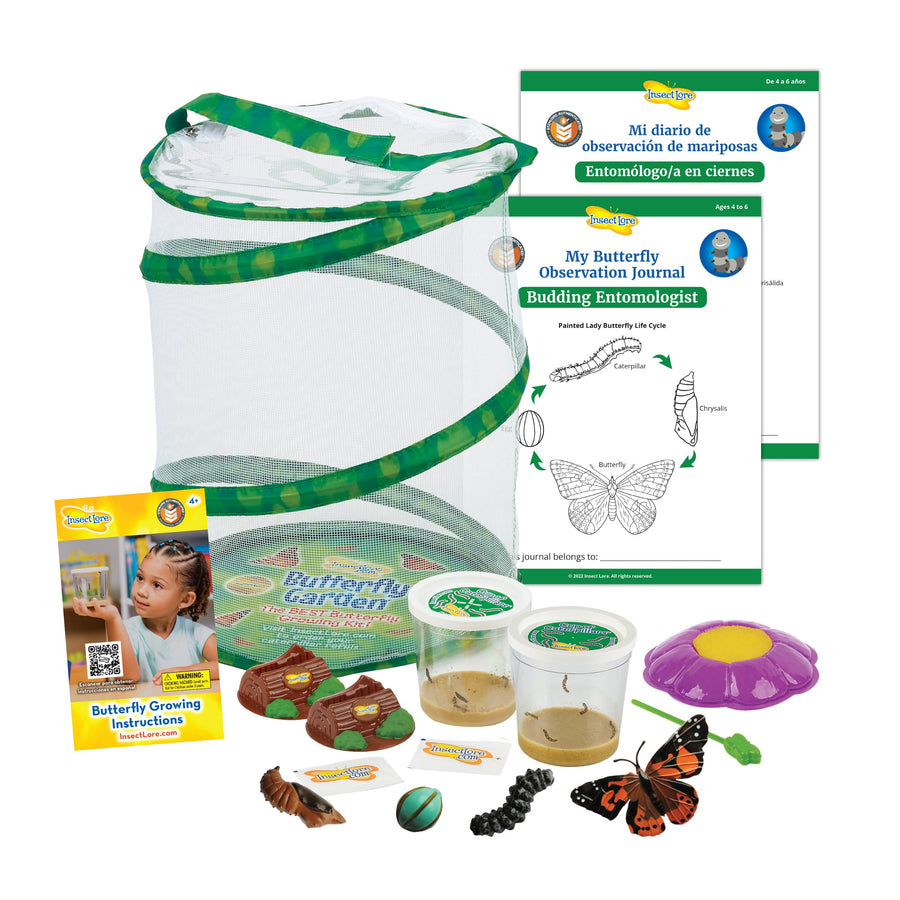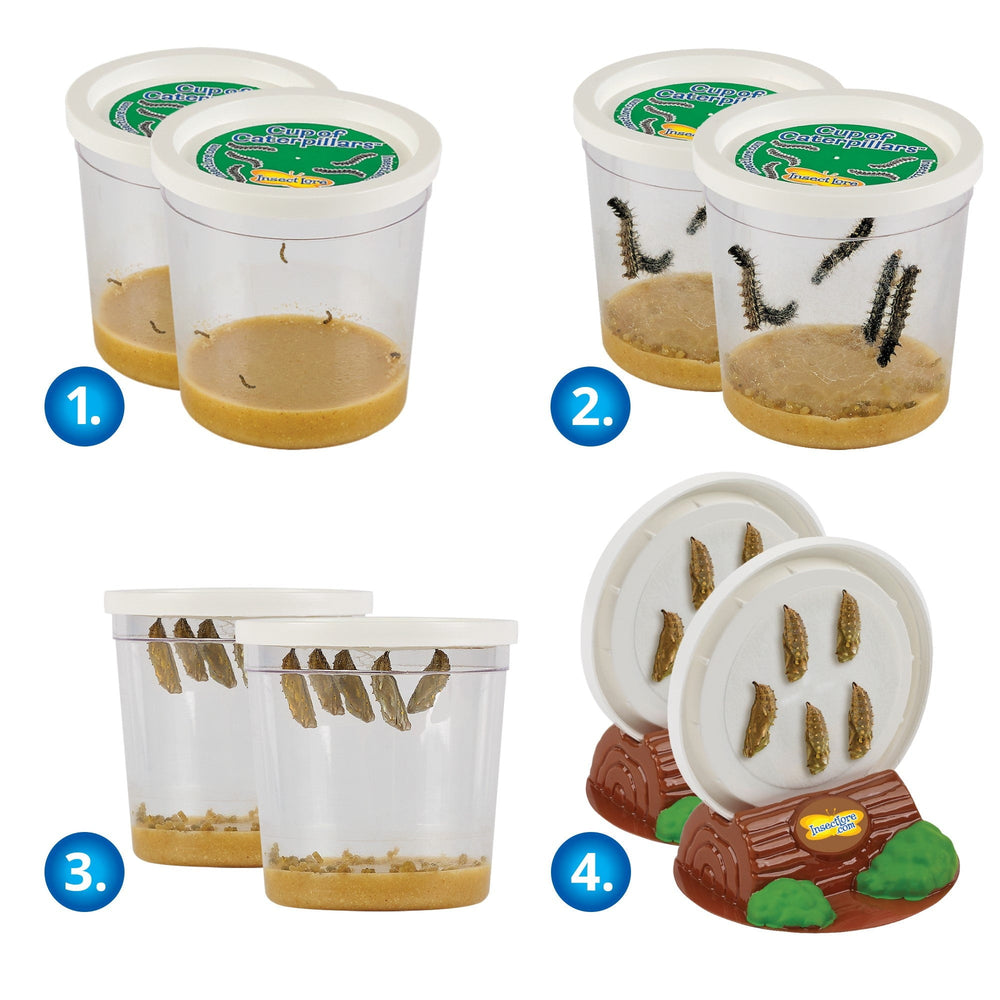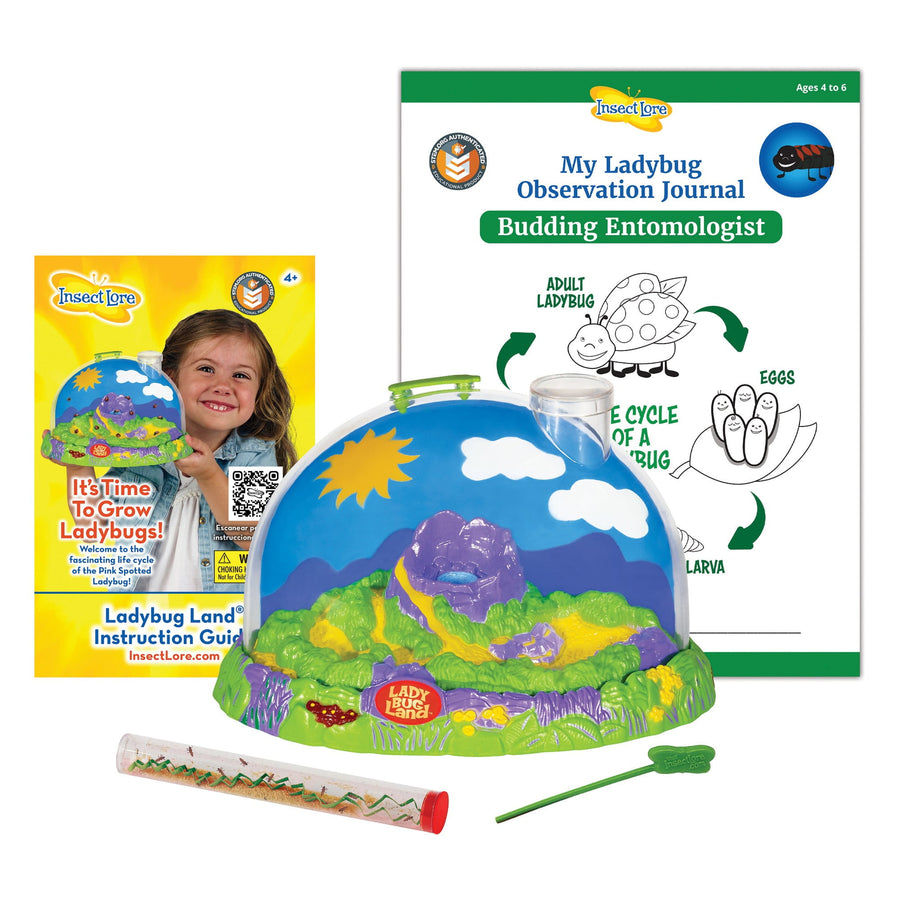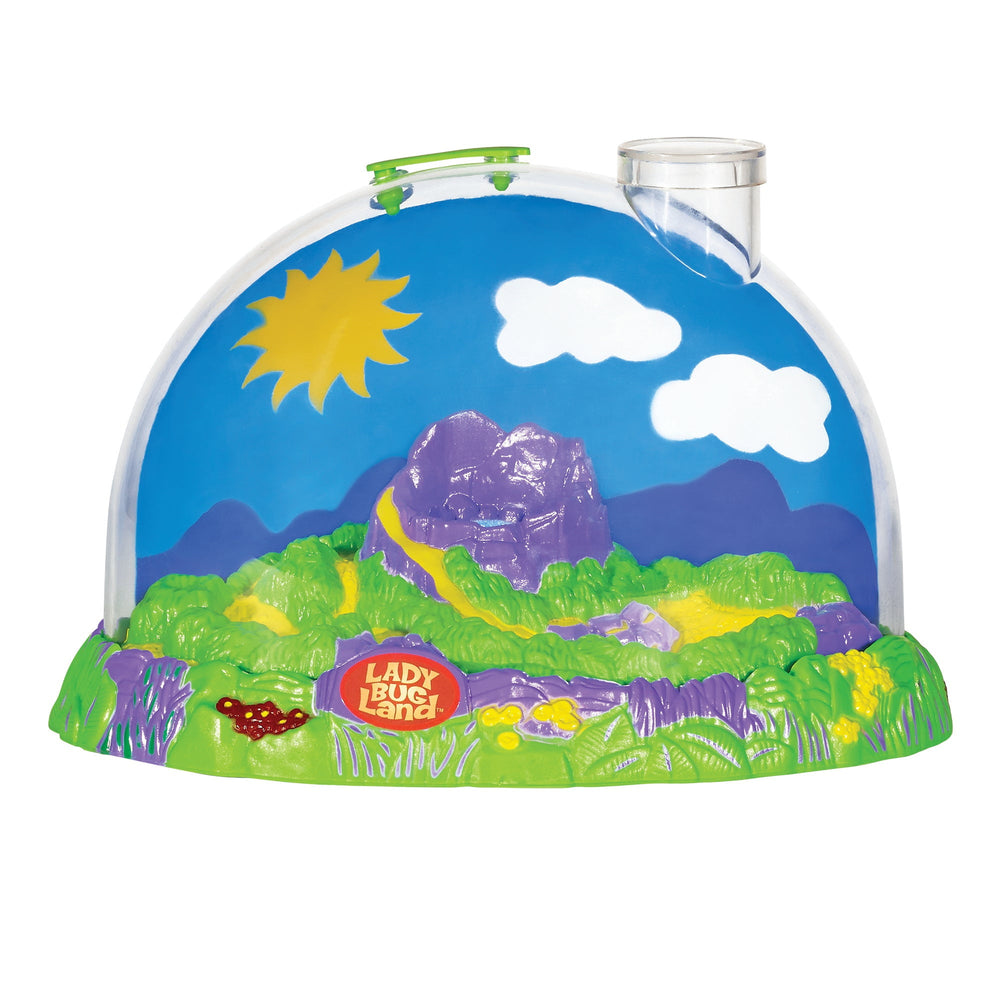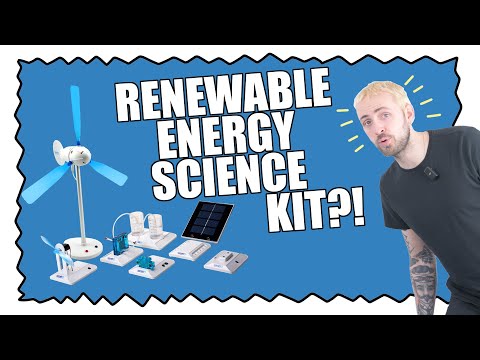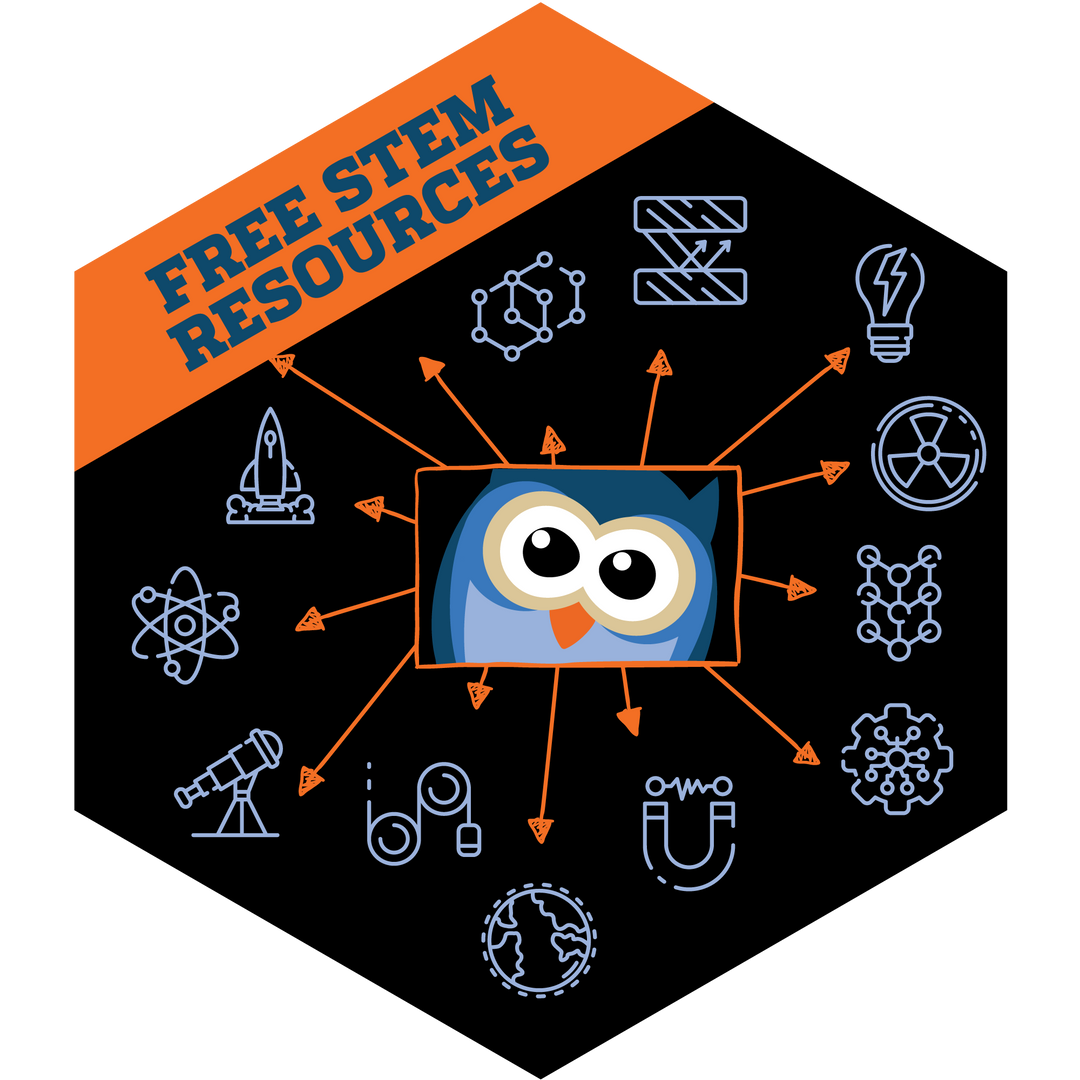Lab-Aids: Modeling and Comparing Fossil Fuel and Biofuel Combustion Kit
Students should understand the costs and trade-offs of various decisions. In Part A of this activity, students use LAB-AIDS‚® Molecular Models to build methane, ethanol and octane molecules then "combust" them with oxygen molecules. "Combusting" the model molecules helps students determine the balanced chemical equations for the combustion reactions and compare the amount of carbon dioxide released when these three fuels are burned. In Part B students use standard bond energies to calculate and compare the amount of energy released during the combustion reactions they modeled in Part A. They are then asked to use their data about the energy released and the CO2 produced to choose which fuel they think is better.‚
This kit provides materials for 12 student teams of 2-3 students. For additional students, see Modeling And Comparing Fossil Fuel And Biofuel Combustion Expand-A-Kit - LAB-38EL. Each Expand-A-Kit provides enough materials for one additional team.
Science Concepts:
- Chemical reactions that release energy, such as the burning of fuels, occur all around us
- A specific chemical reaction results in consistent and unavoidable products
- The physical and chemical properties of compounds, such as stored energy, are related to the structure of the molecule
- Decisions about new research and technology, such as those related to energy issues, involve assessment of alternatives, risks, costs, and benefits
Content List:
- 1 Teacher's Guide
- 28 Student Worksheets and Guides
- 12 LAB-AIDS‚® Molecular Modeling sets containing: 10 Carbon atoms (black sphere with 4 pegs), 20 Hydrogen atoms (white cylinder with 1 pegs), 26 Oxygen atoms (blue cylinder with 2 pegs), 45 Covalent bonds (white tube)
Classroom Planning:
- To complete this kit requires one ~50-minute class period.
- Number of students: 24
You may also like
More from Environmental Science
Recently viewed



